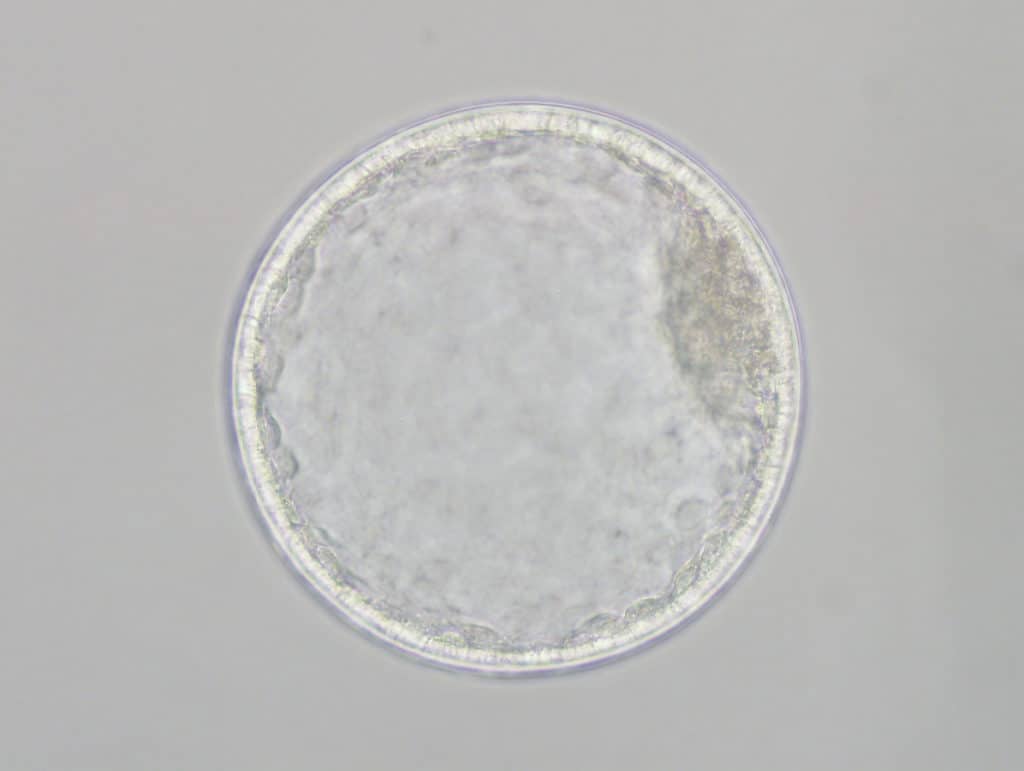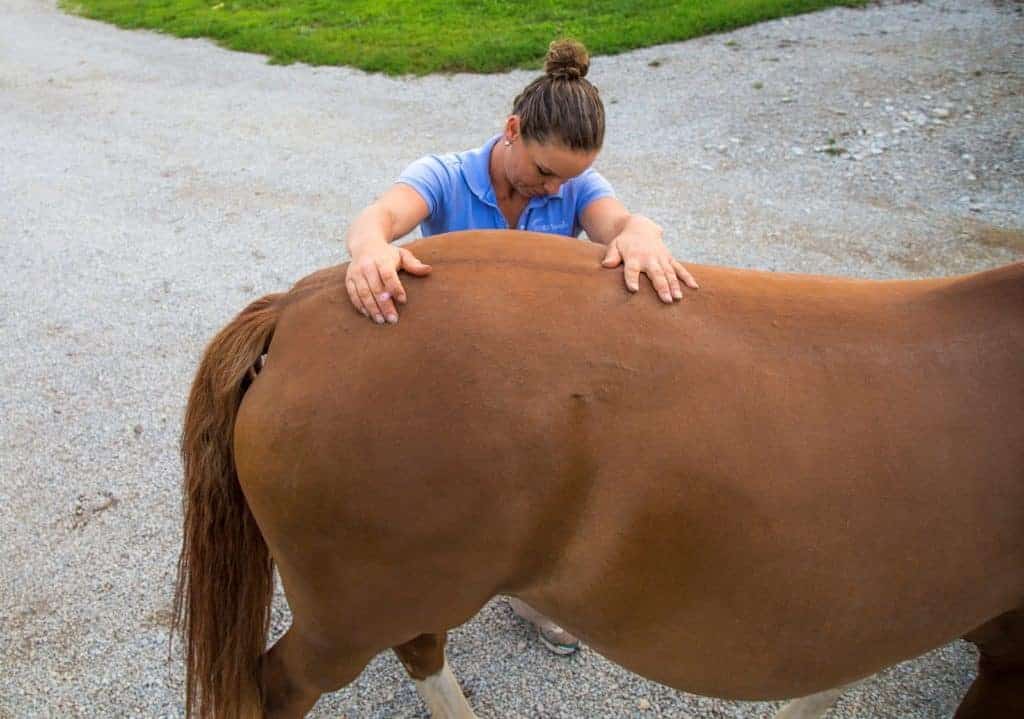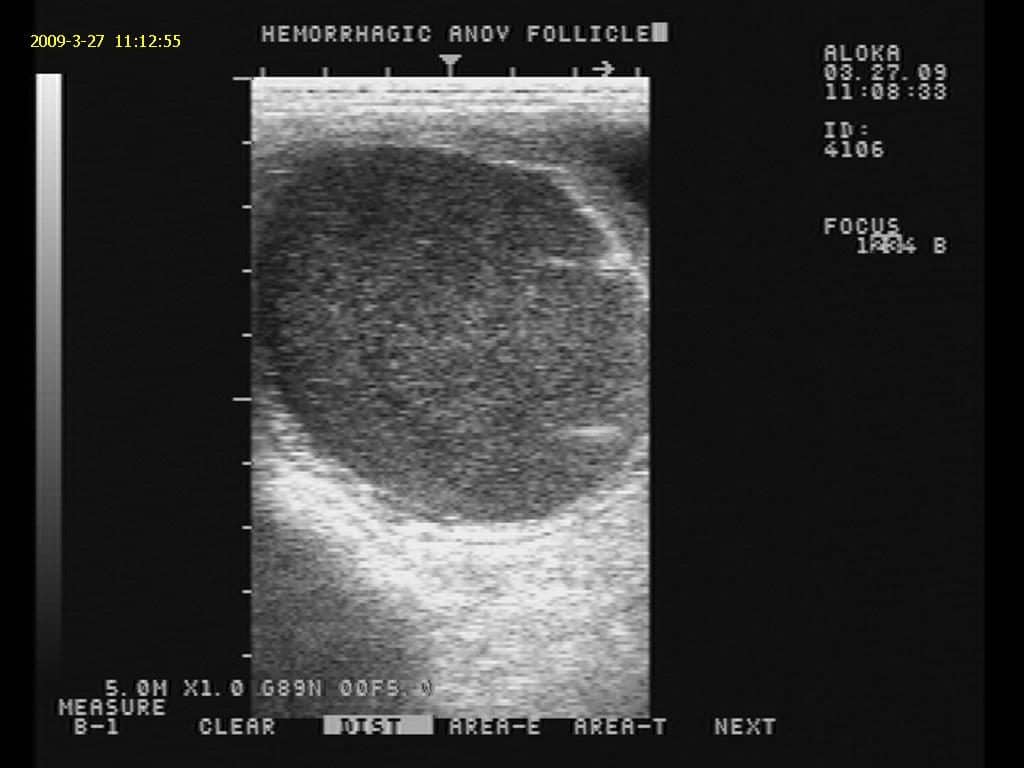
Researchers Narrow Down Equine Coronavirus Risk Factors
Draft horses, horses from the Midwest, and those used for farming and ranching or breeding are most at-risk of contracting coronavirus, researchers found.

Draft horses, horses from the Midwest, and those used for farming and ranching or breeding are most at-risk of contracting coronavirus, researchers found.

While removing mares’ ovaries can be successful in remedying aggressive behavior, other estrous behaviors can persist even following surgery.

Since Barbaro’s death due to supporting-limb laminitis more than a decade ago, researchers have made great strides in understanding it, why it develops, how to treat it, and more.

A reproductive specialist describes techniques to help clinicians overcome common challenges in embryo recovery and recipient mare management.
Topics will include equine back pain and pelvic dysfunction, integrative imaging, clinical techniques for veterinary students, the problem mare, and more.

Instead of causing foot pain directly, rear hoof imbalances seem to cause more problems higher up the leg—to the hocks, stifles, glutes, and sacroiliac joint, one vet says.

Ultrasound is a useful screening tool for assessing some deep digital flexor tendon lesions, but it could cause veterinarians to underestimate navicular bursa and collateral sesamoidean ligament lesions.

Knowing which ovarian abnormalities are benign and which are pathogenic can help vets manage mare successfully.

Both medical and surgical management resulted in more than 94% of treated horses surviving to discharge from one hospital, researchers found.

Researchers found that surgical correction of a patent urachus or infected umbilical remnants often has a good outcome.

Here’s how vets can carry out five common mildly aversive procedures using learning science and behavior modification techniques.

Cytology allows vets to correctly diagnose a corneal ulcer’s underlying cause and institute appropriate therapy.

Removing the ovaries won’t fix other issues, from static shock to bladder adhesions, that can make mares behave badly.

A 15-minute tourniquet application was sufficient to achieve peak synovial amicacin concentrations in the coffin joint.

Advances in how vets manage sepsis, as well as incorporating preventive strategies for laminitis, are leading to improved outcomes.

Resistant bacteria do not necessarily have the ability to cause more severe disease as long as veterinarians identify them promptly and begin appropriate treatment.
Stay on top of the most recent Horse Health news with
Notifications